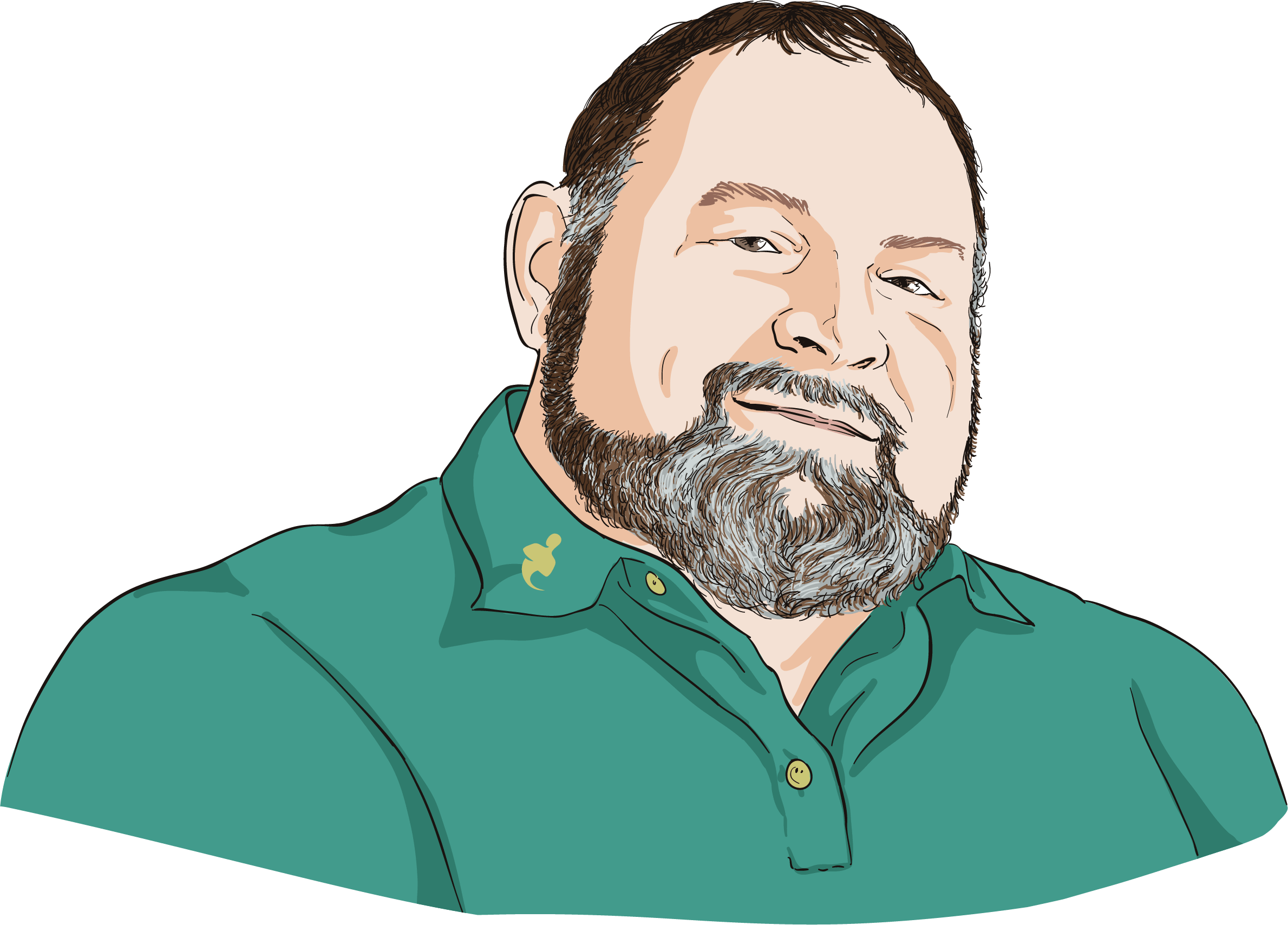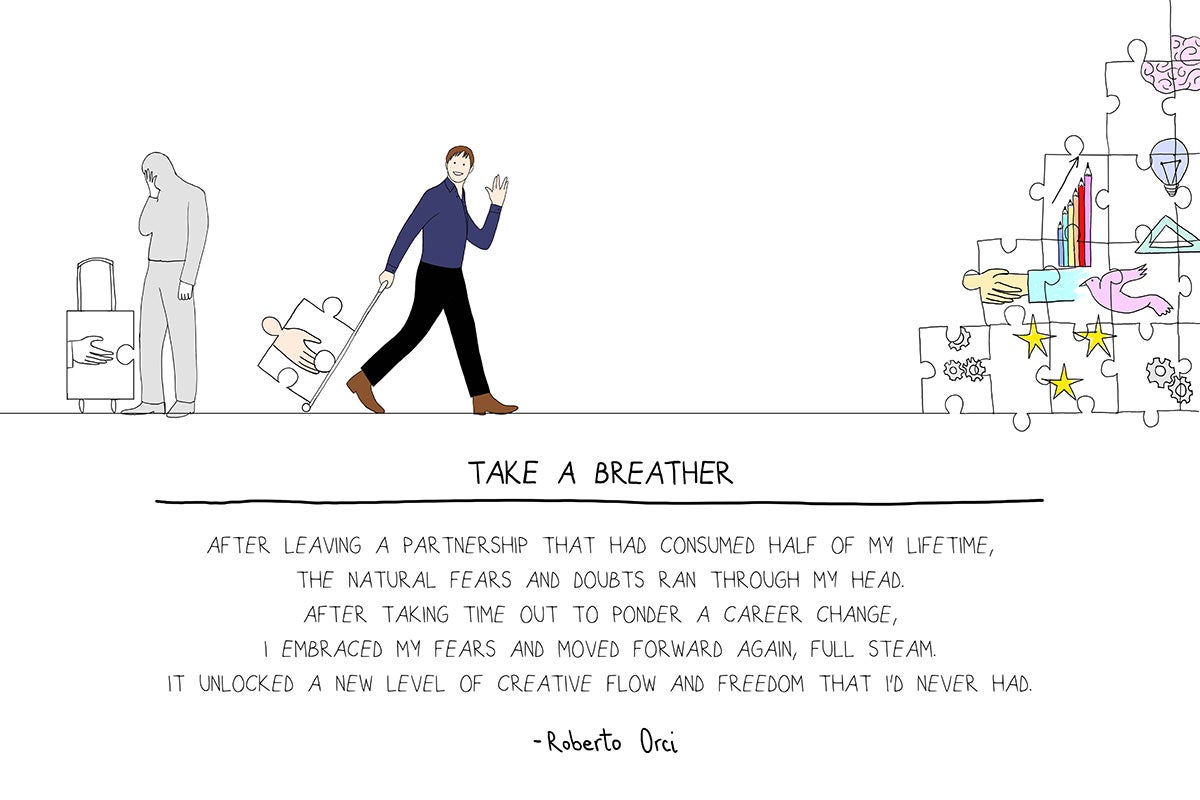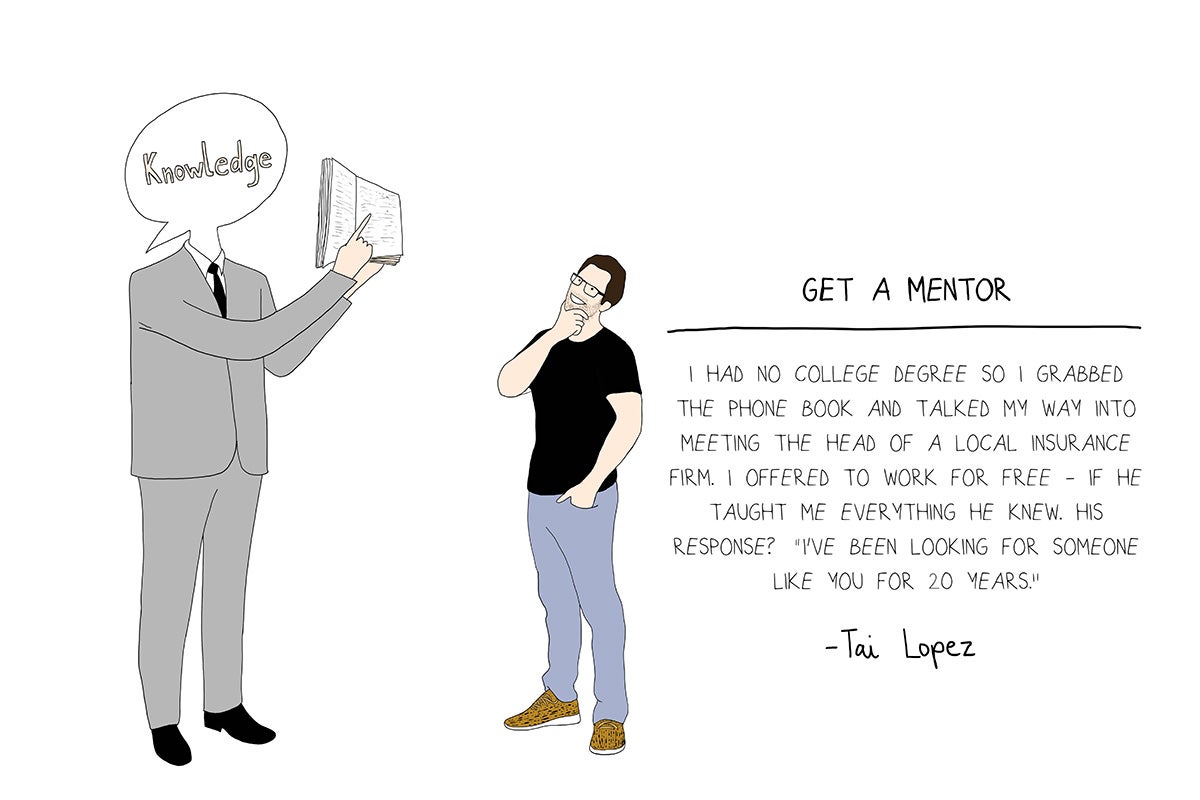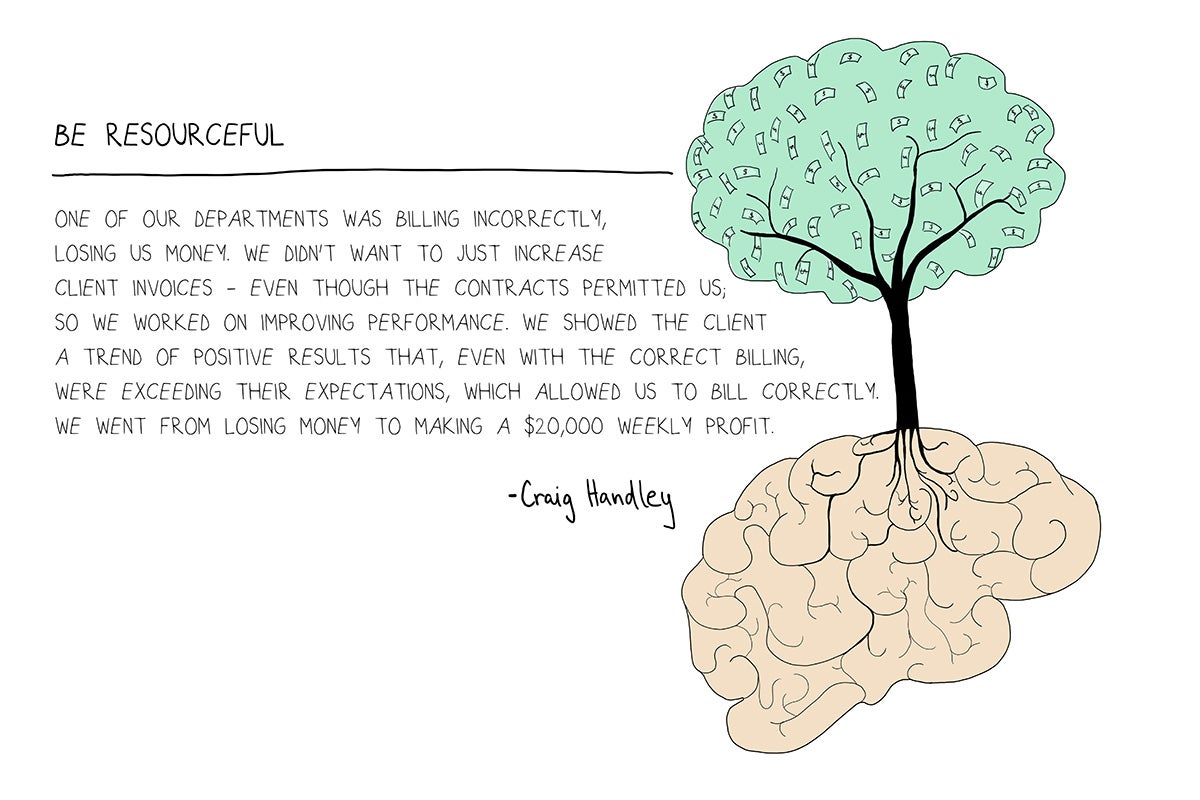How 5 Entrepreneurs Went From Rock Bottom to Rock Star

Transforming struggle into success is how the strong survive.
Acclaimed life and business coach, author and motivational speaker Tony Robbins says the breakthrough comes after the breakdown. Many entrepreneurs reach their lowest point immediately before catapulting to unprecedented heights.
Whether the result of world affairs, slim odds, or just plain bad luck, these superstar entrepreneurs—and members of The Oracles—share their salvation stories.

1. Take a breather.
I worked with my long-time business and writing partner for 24 years. Together, we wrote and produced blockbuster films worth nearly $5 billion, and were one of Tinseltown’s most sought-after writing duos. We collaborated on films like “Mission Impossible III,” “Transformers,” and “Star Trek.” Then, in what seemed like a split second, it was over. I went from being in a rock-star band to a solo act overnight.
“Will I make it alone? How will I be perceived? Will the studios still call?” After leaving a partnership that had consumed half of my lifetime, the natural fears and doubts ran through my head. I decided to take a good chunk of time off and ponder a career change. I didn’t want to continue if it just meant proving something to others; it needed to be for the right reasons.
The time off gave me perspective: sometimes, when things are tough, you learn and grow the most. What a person does in the moment of their greatest struggles shows who they really are. Some people never get that moment. Going alone gave me that. I embraced my fears and decided to move forward again, full steam. This unlocked a new level of creative flow and freedom that I’d never had. I’m now writing two major movies and a TV show, plus several surprising projects coming soon. — Roberto Orci, Hollywood super producer and screenwriter whose movies and TV shows have grossed more than $5 billion worldwide

2. Find mentors.
As a teenager, I fled a tumultuous family life to work on an Amish farm in Pennsylvania. I started work every day at 4 a.m. in darkness. I did that for a few years and then I was sleeping on a couch in my mom’s mobile home. I had no successful role models. My dad was in prison. Feeling desperate, I asked a distant uncle who sold cars for advice. “Get into sales if you want to get rich,” he said.
I didn’t want to sell cars so I chose finance. But I had no college degree. I grabbed the phone book and talked my way into meeting Mike Stainback, the head of a local insurance firm. I told him that he must be successful if he could afford a full-page phone book ad, and offered to work for him for free—if he taught me everything he knew. His response: “I’ve been looking for someone like you for 20 years.”
Stainback taught me how to cold call and sell. I doubled down on learning through books, courses, and seminars. In the process, I stumbled upon a then novel lead-generation strategy: Google AdWords.
Soon, I was running ad campaigns that brought in leads for $40 each. I closed 20 percent, making a commission of $1,500 on every $200 spent. It got Stainback’s attention. He introduced me to GE Capital’s regional head, who offered me a job. That’s where I used my ad chops to sell 15 times the amount of their star salespeople.
This experience taught me about the power of mentors and taking advantage of technology trends. I apply the same principles today. —Tai Lopez, investor and advisor to many multimillion-dollar businesses who has built an eight-figure online empire; connect with Tai on Facebook or Snapchat

3. Create a plan.
In the early 1990s, sales were strong, but holding inventory in about 20 countries ate away our profits. Then the first Gulf War hit. Globally, everyone stopped buying things off TV, and our sales plummeted about 30-40 percent within a few weeks. We thought it would be temporary, but it lasted months — a devastating hit to our entire company. We no longer had profits to fuel growth and dug a deeper hole on a weekly basis, without capital reserves to cover our losses.
Quickly needing a game plan, we created a team of legal and financial advisors from Europe, Latin America, and the U.S. Knowing the war would eventually end, we designed a 60-day plan to cover losses, stretch terms with key suppliers, and attract investors.
Our mantra was: solve this problem with the same aggressiveness, speed, and tenacity that built the business. Instead of passively weathering the storm, we aggressively went through it. Eventually, we pulled through in good shape because we spent time putting together a plan. —Kevin Harrington, inventor of the infomercial, pioneer of the “As Seen on TV” industry, and original Shark on “Shark Tank” with a $450-million net worth

4. Never quit.
I was once on the brink of complete failure and would have lost everything. I needed to raise more than $1 million in funding in 60 days. In 58 days, I had almost as many meetings with investors—and got rejected every time. After I got kicked out of the next meeting—belittled and called a failure—I had a complete breakdown.
The beauty of life is that God sends you a miracle when you need it most. The next day, I went back to the last investor and again got kicked out of his office. At my breaking point, I tapped into a deep reservoir of courage. I promised myself to fight back with everything I had and committed to finding a solution. I knocked on the door of the very next office in that building and secured a $1.5 million investment, which I used to launch a multimillion-dollar company. — Com Mirza, “The $500 Million Man” and CEO of Mirza Holdings; failed in eight companies back to back and today, runs a nine-figure empire with over 600 employees

5. Don’t panic. Be resourceful, flexible, and clever.
In February 2016, one key client defaulted on paying us a huge amount of money and put us in a dire position. For the first time in a decade, my executive team didn’t take a paycheck.
Unsure if we’d survive, my CFO and COO planned for the inevitable bankruptcy: they stopped all outgoing cash, froze everything, cut everywhere, and evaporated our $500,000 credit line. We were 48 hours away from not making our employee payroll. After an 11th-hour loan—$350,000 at 14 percent interest—we were alive for a few more weeks, but $850,000 in debt.
We dove deep into our finances and uncovered that one department was billing incorrectly, losing us $7,000 a week. We didn’t want to just increase client invoices—even though the contracts permitted us; so we worked on improving performance instead. We showed the client a trend of positive results that, even with the correct billing, were exceeding their expectations, which allowed us to bill correctly. We went from losing money to making a $20,000 weekly profit.
We then shifted our Spanish sales group compensation, paying a little extra for better performers, which cost us just 10 percent of the extra revenue we created. The client that hadn’t paid us left over 100 agents when they transitioned out. We trained the agents on English sales, something not in our original plan. That department soon brought us $150,000 in weekly revenue.
By the end of the year, the company went from $850,000 of debt to over $400,000 weekly revenue with no debt and a healthy profit, with a brand new increased line of business that didn’t exist before the crisis. — Craig Handley, co-founder and CEO of ListenTrust
This great article originally appeared here.







Comment (0)